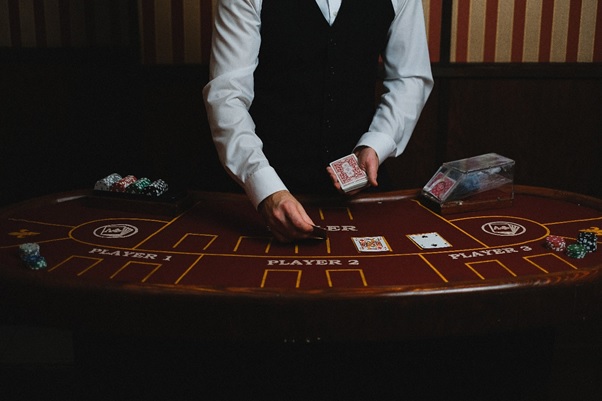With a history dating back to the 16th century, blackjack is firmly established as one of the most popular games you can play at a casino.
Official records of the game can be traced to France in 1768, while there is evidence that it was played in Great Britain during the following decade.
The first rules appeared in Britain in 1800 under the name of Vingt-Un (Twenty-One) and was soon adopted in the United States around the same time.
The American rules published in 1825 were a reprint of the British version. British Vingt-Un later developed into an American variant which was renamed blackjack around 1899.
Before we take a closer look at some of the most popular types of blackjack, we offer a quick overview of this iconic casino game.
An Introduction To Blackjack
The aim of blackjack is simple – get as close to a total of 21 with your cards as possible without going over that figure.
If the players gets closer to 21 than the dealer, or the dealer’s number is over 21, the player wins. It really is that easy!
There are subtle differences to how the different variants are played, all of which involve the player making a series of decisions.
These include ‘hit’ (take another card), ‘stand’ (stay with the current hand) and ‘split’ (turning two cards of the same value into two separate hands.
With the basics established, let’s look at some of the most popular blackjack variants.
American Blackjack
American Blackjack is the most popular form of the game and can be found in most land-based casinos and their online counterparts.
As previously mentioned, the American variant dates back to the early 1800s and has some subtle differences to other types of blackjack.
If you visit a brick-and-mortar establishment, this version of the game is generally played with six to eight decks of cards rather than two.
This means that the card counting strategy is much more difficult to implement, although many players have successfully mastered the art.
American Blackjack is a hole card game, which means that the dealer can check for blackjack on ace and 10s, while the player can save on possible side bet losses later in the betting.
This is one of the main differences to European Blackjack where there is no hole card and the dealer receives the second card after the player’s hand has been completed.
Doubling down is allowed on any hand and also on splits, and the late surrender option is available to allow you to save some of your stake if needed.
European Blackjack
European Blackjack, which is effectively the British version masquerading under another name, slightly predates the American variant.
In this game, the dealer does not receive their hole card until the player has made their decision about how to play the cards dealt to them.
One rule that is unique to the European version is if the dealer gets blackjack it beats any other 21-value hand. However, if the player also has blackjack then the game is a push.
Players can only double down on hands with a value of nine, 10 or 11, while in the American version there are no constraints placed on this.
In European Blackjack players can only split once and they can also only split on same-character faced cards once.
This latter part means that they are only allowed to split 10-value cards of the same face and value – for example two jacks or two queens.
Players can split up to three times in the American variant and it is also possible to split mixed 10-value cards – for instance 10-queen.
Vegas Strip Blackjack
Vegas Strip Blackjack is unsurprisingly named after the stretch of South Las Vegas Boulevard famed for its staggering array of casinos and hotels and casinos.
First released by Microgaming in 2003, Vegas Strip Blackjack is closely aligned to American Blackjack in terms of its rules.
This variant uses four decks of cards, with the dealer checking for blackjack on an ace and standing on a soft 17.
Players can double down on any initial hand and after splitting, while it is possible to split up to four hands per game.
Aces can be split just once and 10-value cards can be split regardless of their denomination. A total of 21 on post-split aces does not count as blackjack.
Vegas Strip Blackjack pays 3 to 2 on blackjack and lets you play insurance for a payout of 2 to 1 whenever the dealer’s up card is an ace.
One of the best things about Microgaming’s Vegas Strip Blackjack is the game’s return to player (RTP) rate, which is set at a generous 99.65 percent.
Multihand Blackjack
Multihand Blackjack is a hugely exciting variant of the game that has been popularised in several online casinos in recent years.
If players step up from playing single hands, they have the option to play three or five hands against the dealer and can pick the stake level they wish to wager.
Blackjack pays 3 to 2, the dealer must draw to 16 and stand on all 17s. The option to take insurance is also available, paying 2 to 1.
In Multihand Blackjack, the cards for the player are dealt face up, while the first card for the dealer is dealt face up and the second card face down.
Players make the usual decisions on each of their hands in the hope of reaching a total of 21 or as close to it as possible. The dealer then acts to determine the outcome.
The maximum wager set by the player is per hand, making it feasible to place as much as possible one each hand providing the bankroll will cover it.
With the potential to play five hands against the dealer, Multihand Blackjack offers plays one of the wildest rides players can experience in gambling games.

